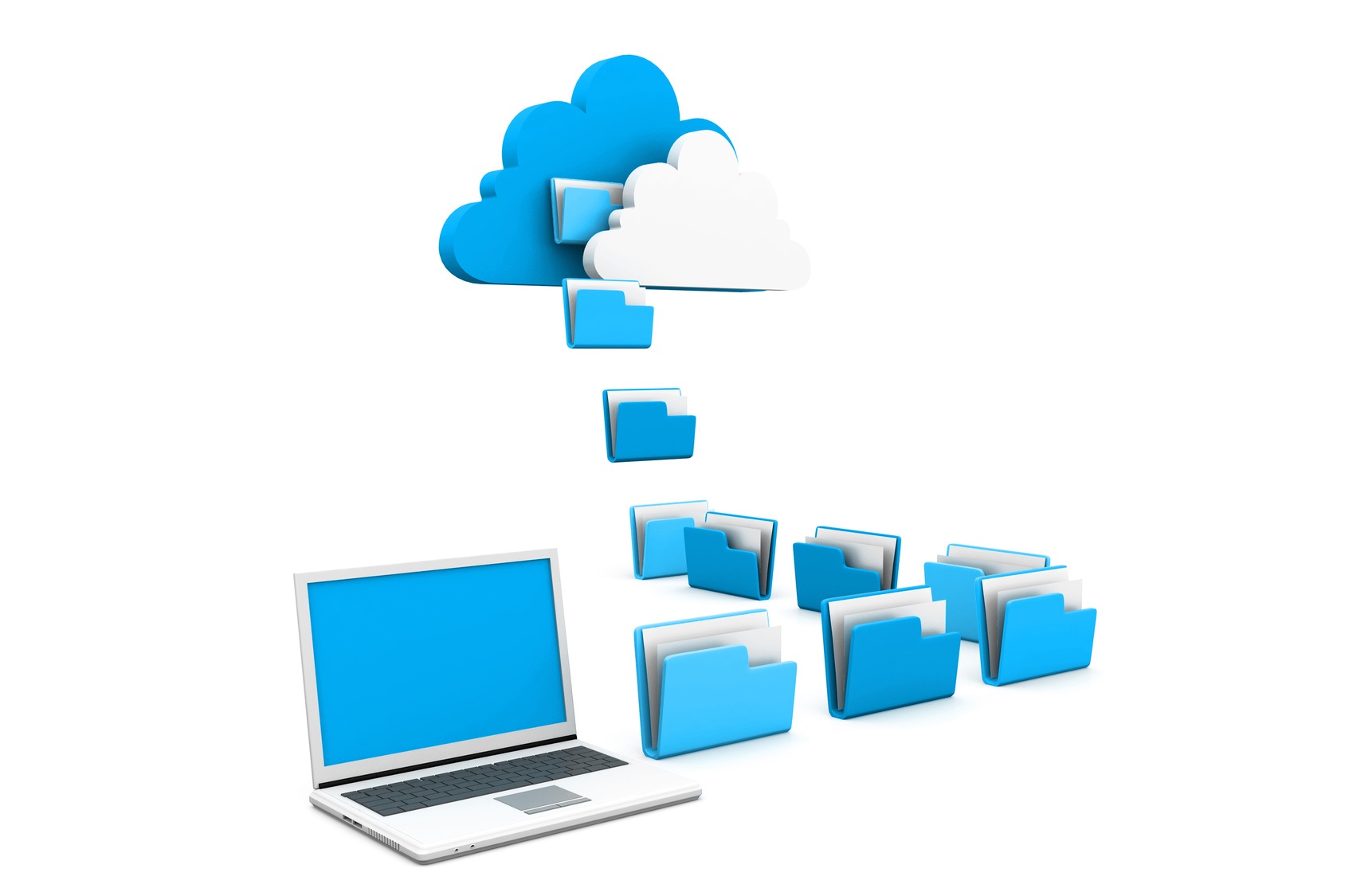
Cloud-based file systems such as Dropbox, Google Drive, and Microsoft OneDrive offer customers something called “file versioning”, which gives users access to different versions of their files going back 30 days or more. Some services offer add-on subscriptions that give users unlimited file versions, but is file versioning in a Cloud-Based file system a real backup solution? Let’s try and figure out if it would work for your business. Should you use Cloud file sync as a backup solution?
For the average user, file versioning offers a convenient way to restore files to a previous version, which sounds a lot like a backup solution. However, the sync client software used by most of the Cloud-based file systems was not designed as a backup client and doesn’t have the same capabilities. Consider the popular program QuickBooks. We’ve seen customers store their QBW company data file in Dropbox or OneDrive, only to have data corruption occur because the sync client doesn’t know how to handle files that are locked. Since most file versioning solutions will create a “version” of a file when the file system notices a change, you get a version of the file for each change. However, those changes need to be synced back to the Cloud and when that happens, the sync client doesn’t know how to write those changes back and forth in such a way that doesn’t damage the files.
With these “sync” clients, what happens when you accidentally delete a large folder? They change is automatically synced back to the Cloud and if the folder was shared, those changes will then sync to all the other devices that are configured syncing the data set. Since you have a version of that folder prior to deleting it, you’d think that restoring things should be easy, right? Well not exactly. Remember that these “sync” clients aren’t designed to be that smart, and as such, will sync every change. So, while you could simply click a button and restore that folder you just accidentally deleted, in order to prevent any duplicates or conflicts, you’d need to pause syncing for all users for the duration of the restore. This is not feasible and can be confusing for anyone except a trained IT Professional.
Does this mean that Cloud-based file systems are a bad solution? Not at all. But it does mean that they should not be used to replace a traditional backup solution. If you are looking to store your personal files and folders in the Cloud, then utilizing a Cloud-based file system would probably work fine for you. If you are concerned about your business-critical data though, then a traditional backup client that’s designed specifically to handle things such as: file and folder filtering; file locking; scheduled backups; running as a service; bandwidth limiting; and alerting to conflicts/failures should be utilized.
For most customers, who have a requirement to have their data local, a true file server and backup solution is the safest bet. File servers can still utilize file versioning, but using backup software gives you many additional safeguards and features, that simply aren’t there in the “sync” clients for Cloud-based file systems. We have seen this first hand with customers who have run into potential disaster scenarios. Those customers who have chosen to utilize a true backup solution have had an easier time with restores, and have been able to recover data more quickly than if they were to rely only on the File Versioning included in most Cloud-based file systems. If you are interested in learning more about how a backup solution can save your company time and money in a disastrous scenario, drop us a line, and see how our Solutions Architects can design something that fits your Company’s needs.

